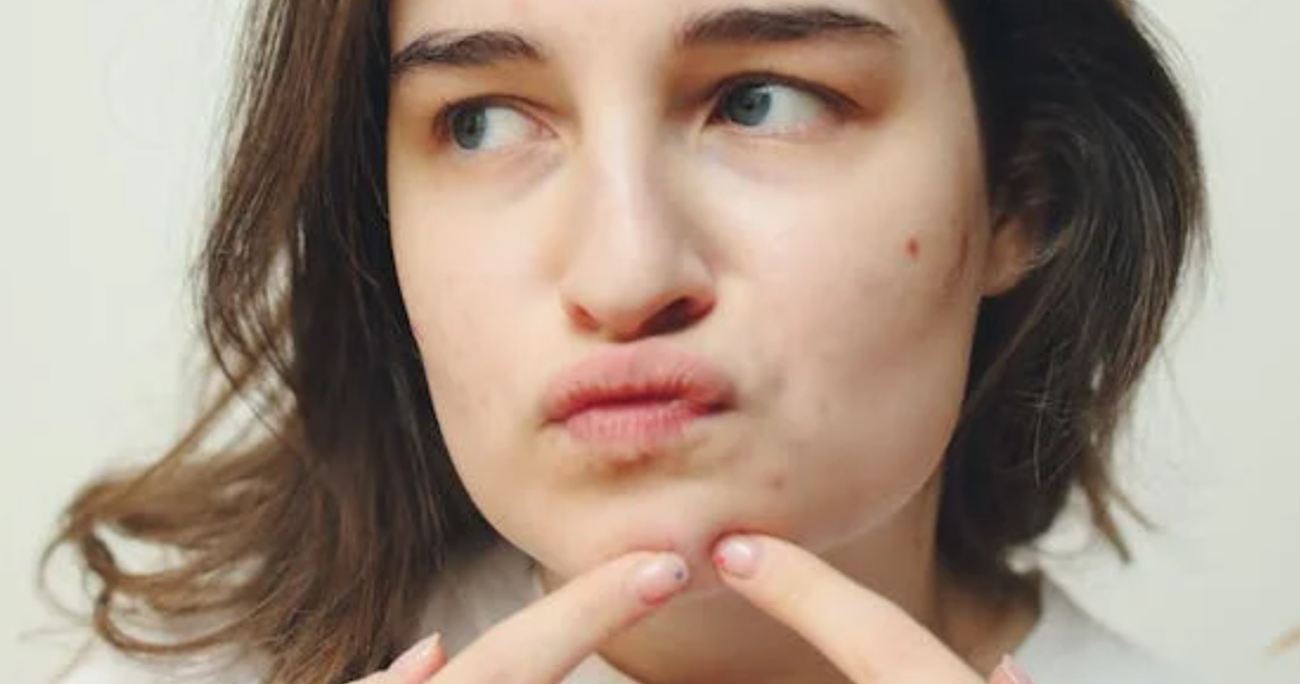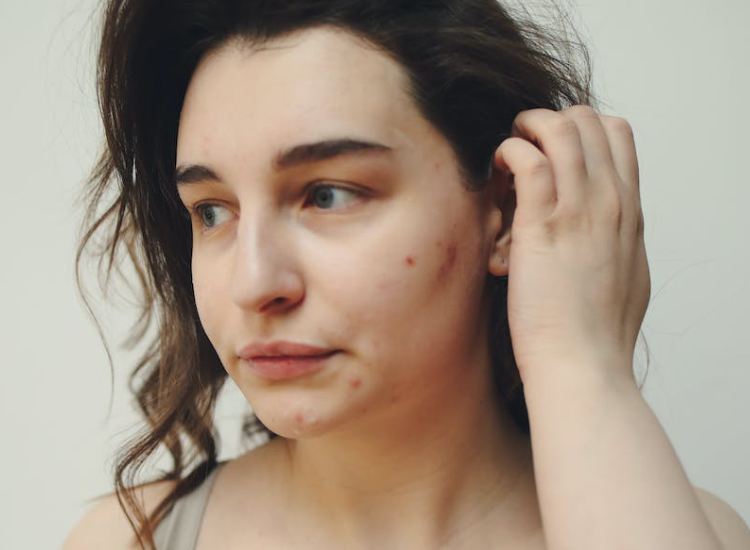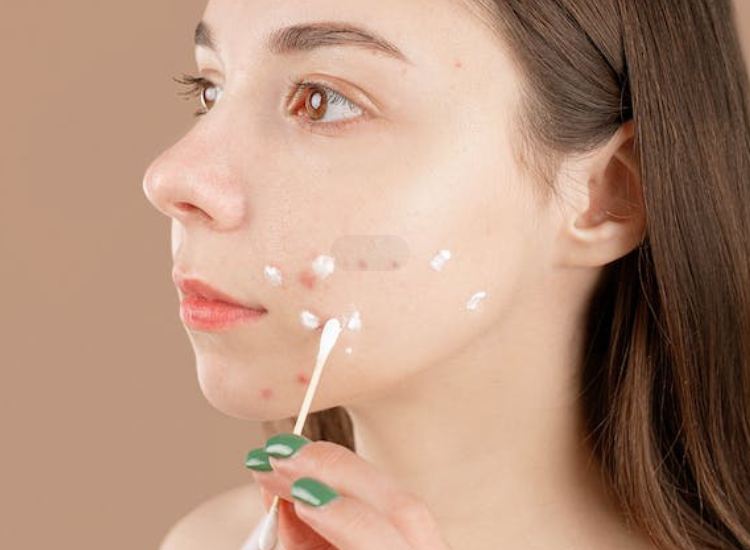
Many women experience the emergence of pimples following facial shaving, which can be painful, unsightly, and distressing. An unexpected breakout can disrupt plans and negatively impact one's mood and self-esteem. Unfortunately, attempting to pick or squeeze these blemishes often exacerbates the issue. So, what are the best steps to take in response to this problem?
To effectively tackle this issue, it’s crucial to first identify the underlying causes. By addressing the root problem, you can prevent it from escalating. Shaving is indeed a significant factor contributing to the development of pimples, and today, we will explore the reasons behind this occurrence. Let’s dive in.
Table of Contents:
Part 1: Why Do Women Get Pimples After Shaving Their Face?

Irritation from Razor Blades and Improper Shaving Techniques
During the initial stages of learning to shave, women are particularly prone to developing pimples. This typically occurs because they have yet to master proper shaving techniques. Common mistakes include applying excessive pressure or hurrying through the process, both of which can irritate the skin and result in breakouts.
Additionally, it’s advisable to shave in the direction of hair growth and to avoid dry shaving, as these practices can significantly increase the likelihood of pimples.
Ingrown Hair and Folliculitis
Ingrown hairshair follicles
Skin Sensitivity or Allergic Reactions
Another contributing factor to post-shaving pimples could be skin sensitivity. Many shaving creams contain preservatives and botanical extracts that may trigger allergic reactions. Such reactions can lead to inflammation and irritation, prompting the immune system to release hormones that worsen acne on the face.
Part 2: How to Prevent Pimples After Shaving

Following a proper routine while shaving can significantly lower the risk of developing unwanted pimples. Let’s explore the essential steps involved.
Proper Skin Preparation Before Shaving
Your skin is regularly exposed to pollutants that accumulate and create barriers, making shaving challenging. Additionally, a buildup of dead skin cells can lead to a rough and dull surface. To achieve a smooth shave, start with thorough skin preparation.
Choose the Right Shaving Product
Investing in a sharp razor and a suitable shaving cream is crucial for a successful shave. If you’re reusing a razor, make sure to clean it thoroughly to maximize its performance. When selecting shaving cream or gel, opt for a product that matches your skin type. For beginners, a shaving gel is ideal as it does not lather excessively, allowing for better visibility of the hair being shaved. Ensure that your chosen product is free from preservatives if you have sensitive skin.
Learn Proper Shaving Techniques
Before you begin shaving, ensure you understand the correct techniques. If you’re unsure, consider these helpful tips:
Don’t Forget Post-Shaving Care
After shaving, proper skincare is essential for a positive shaving experience. Let’s discuss how to care for your skin post-shaving.
Part 3: Additional Tips for Preventing Pimples After Shaving

Ensure Cleanliness and Maintenance of Razor Blades
Using sharp razor blades is essential for achieving a smooth shave without irritating your skin. However, over time, blades can dull if not cleaned and stored properly. Remember to clean your razor blades during use, and at the end, soak them in warm water to remove any residual cream and hair. If you notice that your blades are becoming blunt, replace them immediately to prevent increased friction and skin abrasion.
Avoid Touching or Picking at the Skin After Shaving
Constantly rubbing a razor against your skin can weaken the skin barrier, making it more susceptible to bacterial contamination. Frequent touching can transfer bacteria from your hands to your face, leading to pimples. Moreover, picking at existing pimples can push pus deeper into the skin, worsening swelling and redness.
Consider Alternative Hair Removal Methods
If you find that pimples persist despite following the recommended steps, you may want to explore alternative hair removal methods. For instance, consider a technique that targets hair beneath the skin's surface rather than merely cutting






































